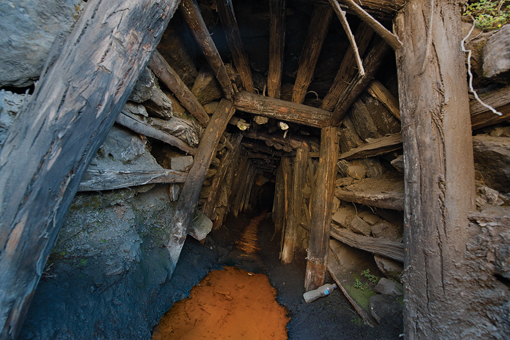Propelled by the skyrocketing global price of minerals, illegal mining has recently come into focus as a major environmental and social concern. Images of pristine rainforest scarred by clear-cuts, toxic mercury released into rivers and the air, and accounts of human trafficking, child labor and prostitution in remote mining encampments all point to the need for Latin American governments to rein in the practice.
Since illegal mining operations are carried out without state permission, they do not comply with labor or environmental regulations or pay taxes. But the term is also misleading.
First, many of these illegal mines can actually be large operations. Second, the definition obscures the differences between operations that are taking active steps to register and license their activities (informal miners) and those that are not and may even occupy the land illegally (illegal miners).
A report on artisanal and small-scale mining (ASM) released in November 2012 by the UK-based Peru Support Group argues that irresponsible and criminal ASM operations should be distinguished from informal operations that are seeking in good faith to legalize themselves.
Most experts and policymakers agree that informal and illegal mining are deeply linked to the poverty in which many of these communities live around mineral or metal-rich areas…





